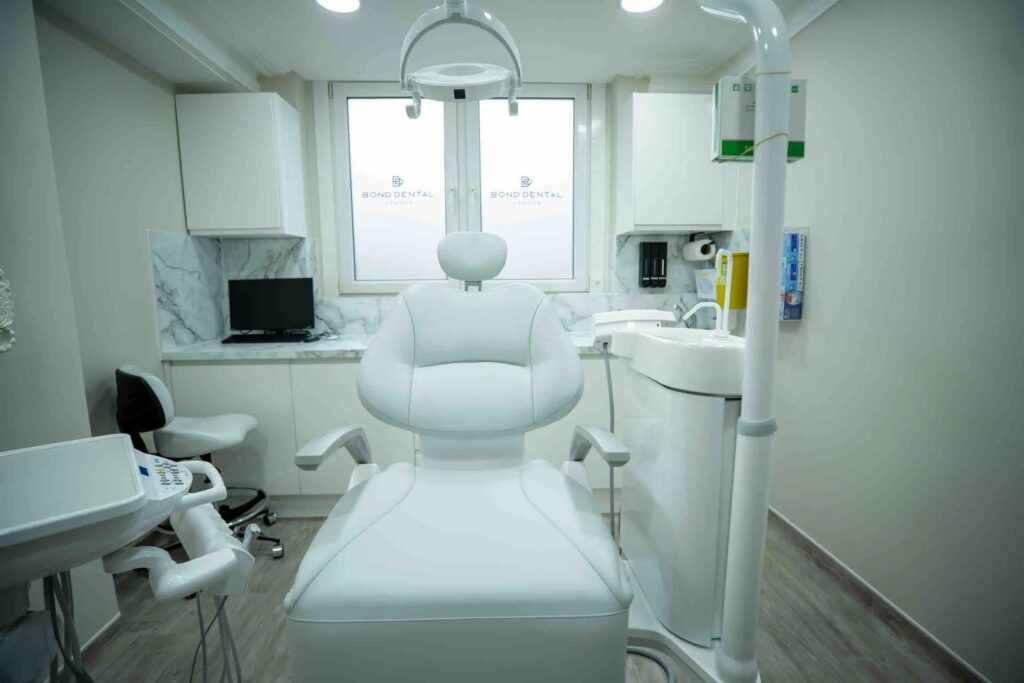In dental clinics, patient care is the primary focus, but the well-being of staff is just as crucial. Dentists, hygienists, assistants, and receptionists are vital to clinic operations, and their health and productivity directly impact patient care. Creating relaxing, comfortable staff spaces allows employees to recharge during busy shifts, helping to prevent burnout. Given the high-pressure nature of their work, providing spaces that offer a brief escape from the clinical environment can boost morale, enhance job satisfaction, and ultimately improve the overall quality of patient care. Let’s explore how dental clinics can design effective, relaxing spaces for their staff.
Why Relaxing Staff Spaces Matter
Relaxing staff spaces boost morale, reduce stress, and support a more productive dental team.
- Improved Staff Morale: A well-designed, relaxing space can help dental staff feel valued, reducing turnover rates and increasing staff retention.
- Enhanced Patient Care: Happy, relaxed staff are more likely to provide positive, patient-focused care, improving the overall clinic experience for patients.
- Prevention of Burnout: Providing staff with a comfortable break area allows them to step away from the pressures of their role, helping to reduce the risk of burnout.
- Increased Productivity: A peaceful, comfortable environment helps recharge staff during their breaks, enabling them to return to work refreshed and ready to tackle the next patient.
As dental practices evolve, creating spaces that prioritise staff well-being becomes just as important as the dental clinic interior design of patient areas. By investing in staff-friendly spaces, clinics ensure the longevity of both their staff and their practice.

Key Elements to Incorporate in Staff Spaces
Design staff spaces with comfort, privacy, soft lighting, and calming colours to foster rest, recharge, and mental well-being.
1. Comfortable Furniture:
Staff furniture should emphasise comfort, ergonomic chairs, soft seating, and adjustable desks ensure relaxation, while cosy armchairs offer a restful break between patient appointments.
2. Quiet Zones:
Sometimes, staff simply need a moment to decompress and gather their thoughts. Creating designated quiet zones where team members can sit, relax, or even meditate helps to provide mental respite from the clinical environment.
3. Natural Light:
Natural light has a proven impact on well-being. If possible, position staff areas near windows or install skylights to bring in as much natural light as possible. If natural light is not an option, soft LED lighting can create a similar, calming effect.
4. Plants and Greenery:
Studies have shown that biophilic design incorporating nature into interior spaces can reduce stress and enhance well-being. Plants in the staff areas not only improve air quality but also create a soothing, nature-inspired environment that aids relaxation.
5. Colour Schemes:
Colour has a profound impact on mood. To create a relaxing atmosphere, opt for calming colours such as soft blues, greens, or neutral tones. These colours have been shown to reduce anxiety and promote feelings of tranquillity.
6. Personalisation:
Allowing staff to personalise their spaces can make them feel more at home and comfortable. Small touches such as personal photos, artwork, or decorative items help to create an environment where staff feel relaxed and valued.
Designing for Functionality and Relaxation
Designing a staff area requires a delicate balance of functionality and relaxation. While it’s important to create a calming environment, the space should also be practical. Here are some design tips for creating a relaxing and functional staff space:
Zoning and Layout
One of the most important factors to consider when designing a staff space is zoning. The area should be divided into specific zones for different activities. For example, there could be:
- A Resting Zone: A quiet area with comfortable seating for staff to take a break or meditate.
- A Dining Area: A space with a kitchen or kitchenette where staff can prepare and eat meals.
- A Locker Area: For personal belongings and uniforms.
By creating distinct zones, you help staff to easily transition between activities, from relaxation to lunch, to getting back to work.
Flexibility
Flexibility is vital in staff space design, especially in a squat dental practice. Using modular furniture or movable partitions enables multipurpose use, allowing staff to adapt spaces for breaks, meetings, or quiet moments when needed.
Storage Solutions
Storage is essential in maintaining a clutter-free environment. Smart storage solutions can help keep staff areas organised and tidy, which contributes to a more relaxing atmosphere. Consider built-in cabinets, shelving, and under-seat storage to reduce clutter.
Technology Integration
Technology enhances relaxation in staff spaces by offering calming music, nature scene displays, or access to virtual wellness tools like meditation apps. These additions support stress relief and mental well-being during busy clinic shifts.
Privacy Considerations
Privacy is another critical aspect of staff space design. Some staff members may need privacy during breaks to make personal phone calls or simply unwind without interruption. Ensure that staff have access to quiet, secluded areas where they can retreat if needed.
Materials and Finishes in Relaxing Spaces
The materials and finishes used in the design of staff spaces can have a huge impact on the overall atmosphere. Choosing the right materials is essential for creating a relaxing environment that also meets the demands of a busy dental clinic.
Soft and Comfortable Materials
Soft, tactile materials such as plush fabrics, cushions, and rugs contribute to a comfortable and welcoming space. Consider using soft upholstery for seating and adding comfortable cushions to make staff areas more inviting.
Soundproofing Materials
Noise can be a significant source of stress in dental clinics. To create a peaceful atmosphere, consider incorporating soundproof materials or acoustic panels in the design. This will help reduce noise pollution and create a quieter, more relaxing environment.
Low-Maintenance Surfaces
Given the high-traffic nature of dental clinics, it’s important to choose finishes that are easy to clean and maintain. Opt for materials like vinyl or high-quality laminate that can withstand wear and tear while maintaining a sleek and professional appearance.

Overcoming Design Challenges in Smaller Clinics
For smaller clinics, particularly in squat dental practice the challenge of designing relaxing staff spaces can seem daunting. However, it’s still possible to create effective staff areas with smart design choices.
- Maximise Vertical Space: In smaller clinics, vertical storage like wall-mounted shelves and high cabinets maximises space, freeing up the floor for comfortable and functional seating or relaxation zones.
- Modular Design: Modular furniture, such as movable partitions and fold-away tables, allows for flexibility and adaptability in a small space. This makes it easier to transform the space for various needs.
- Multi-Functional Furniture: Choose furniture that serves multiple purposes. For example, a bench with hidden storage or a fold-out desk that can also serve as a dining area.
Conclusion
Designing relaxing staff spaces in dental clinic interiors goes beyond aesthetics, it’s a meaningful investment in team well-being, morale, and performance. By blending comfort, practicality, and privacy, clinics can create environments that support staff through demanding workdays. These spaces not only offer a much-needed escape but also enhance overall workplace satisfaction. Whether setting up a new dental practice or revamping an existing one, thoughtful design plays a key role.
Divo Interiors LTD brings expertise in creating functional, calming staff areas that meet professional standards while nurturing the health and productivity of your team.



